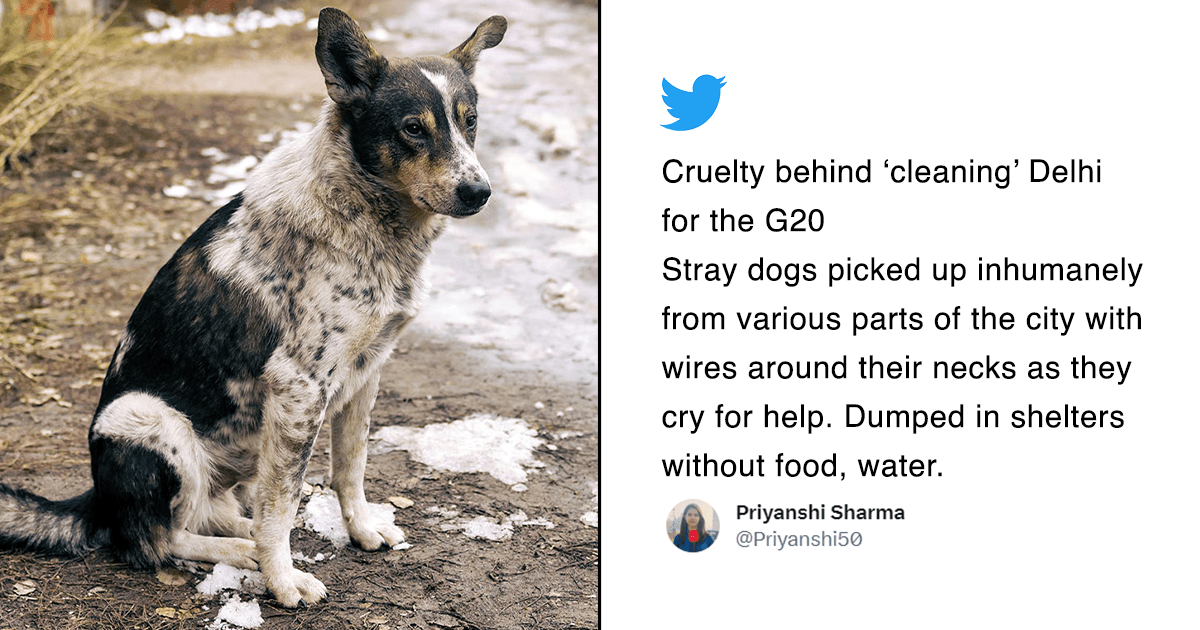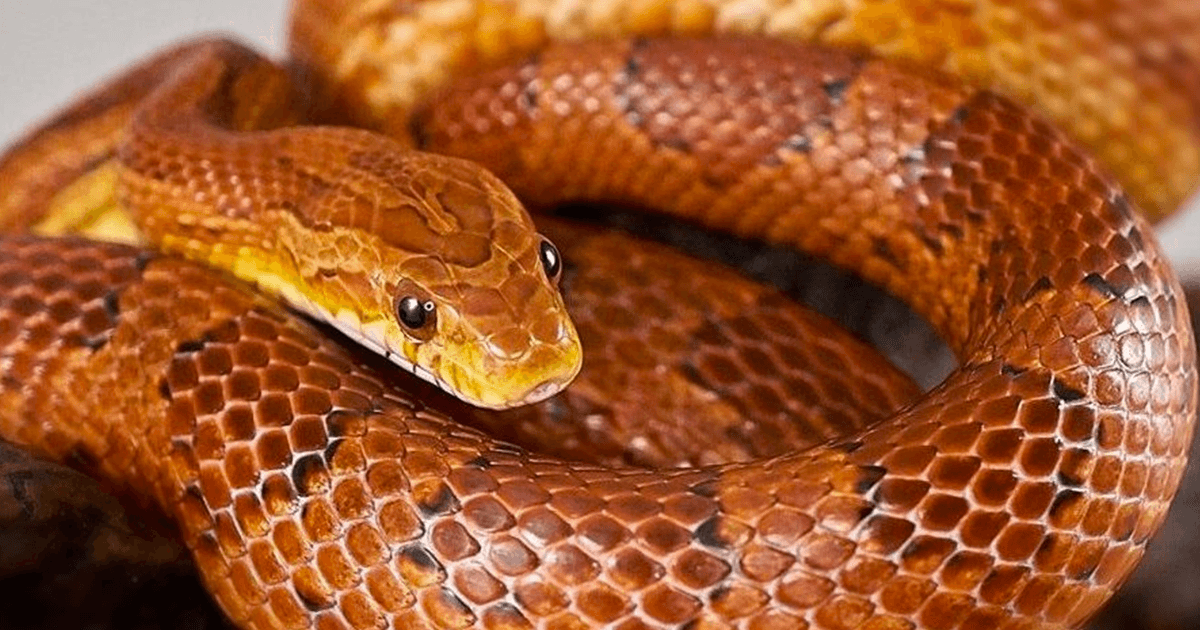For decades, we have been told that climate is changing and this change will cause serious irreversible damage to the Earth’s ecosystem. But it seems that we have been quite complacent about it.
“Is global warming really happening?” “How do we know that the climate is changing?” With all these questions in mind, maybe you too were waiting for substantial observable effects to be seen on our environment. It’s really high time! It’s time that we stop thinking and start acting.
A few events in the recent past have definitely rung alarm bells.
1. Snowfall in Sahara Desert for consecutively three years in a row.
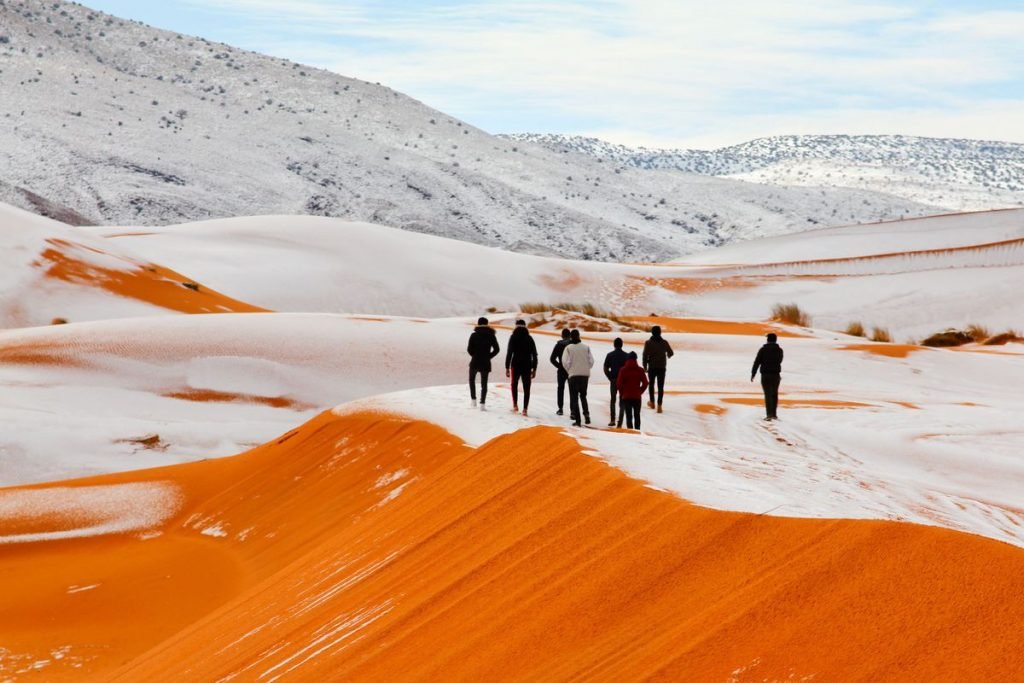
While we were all mesmerised by the beautiful landscape, the snowfall is a cause of grave concern. One of the hottest places in the world received snowfall, because of extreme weather conditions. Can it get any weirder than that?
2. 99.8% of the Green Sea Turtles have turned female.
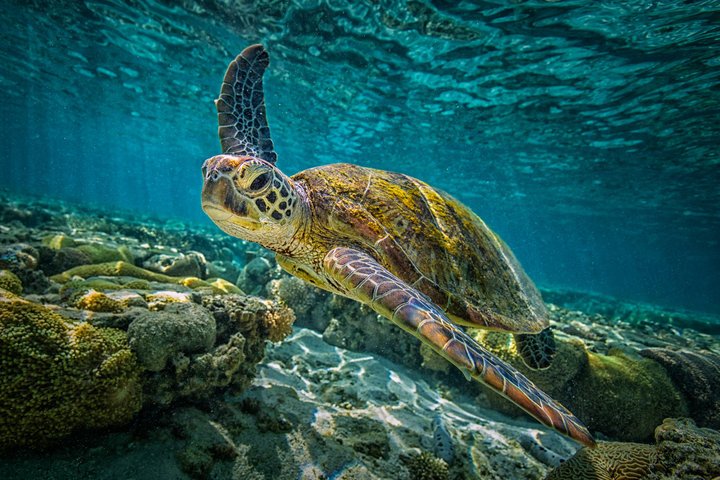
The rising temperatures is causing a very dramatic change in the Great Barrier Reef in Australia. The sea turtle population is turning female, thanks to the rising temperatures. The sex of these turtles is determined by the temperatures outside and not chromosomes, and the extreme weather conditions in the area have turned 99% of the population female.
3. Bats in Australia are ‘boiling’ alive due to the extreme heat.
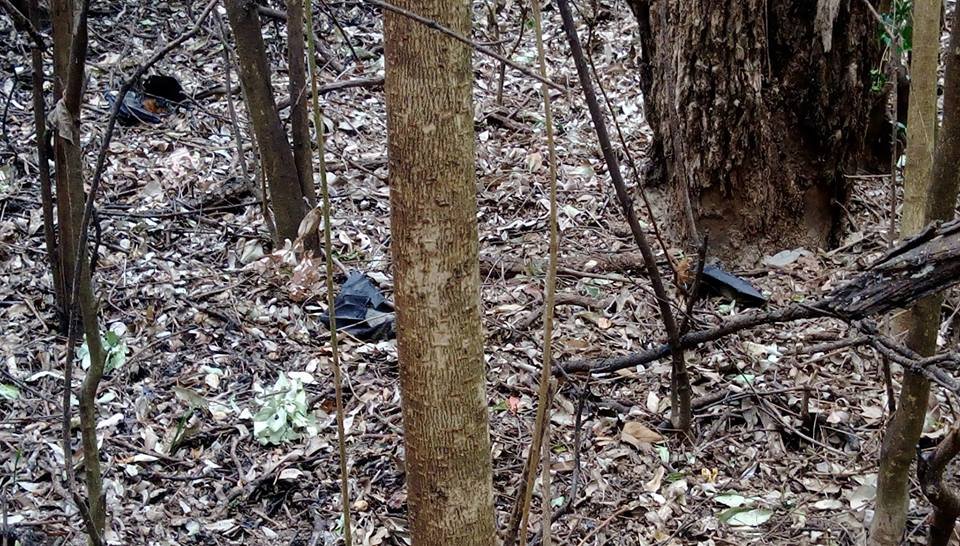
It is summer in Australia and this time the country has recorded very high temperatures, as high as hit 117 degrees Fahrenheit. It is reported that more than 400 flying fox bats have been found dead due to extremely high temperatures in Australia. One of the many species of bats found dropping from the sky has been identified as critically endangered. Flying foxes are the most active pollinators and help maintain a healthy ecosystem.
4. Sharks are literally freezing to death in U.S.
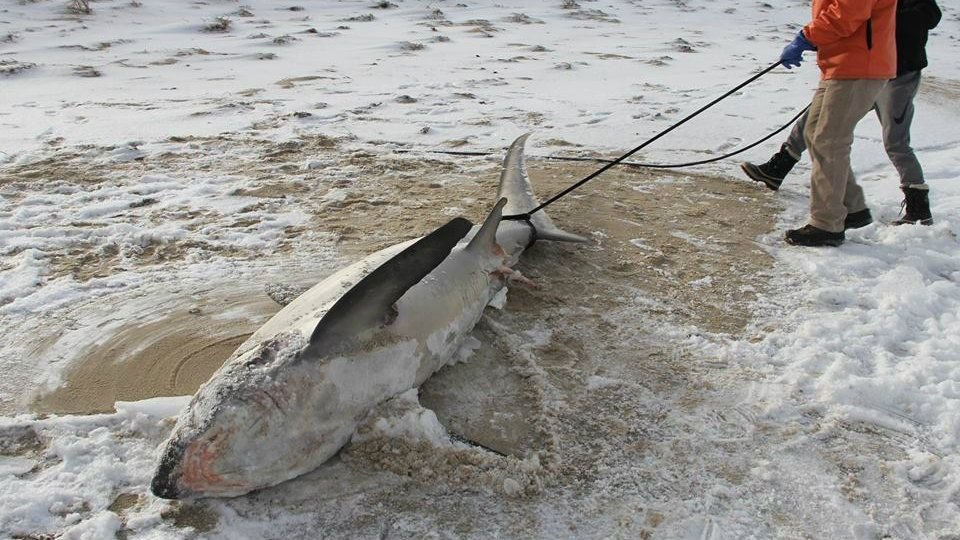
2017 ended with record lows in the temperature. United States has been in deep freeze, so much so that the sharks are dying due to ‘cold shock’. It was also reported that Iguanas were falling out of trees in Florida because it’s so cold.
5. Two-thirds of The Great Barrier Reef is already damaged.
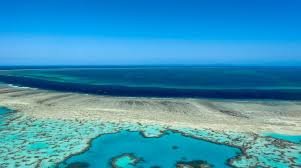
The Great Barrier Reef, the largest living thing on earth is under continuous threat from rising water temperatures. Mass coral bleaching and zero recovery has led to great damage to this World Heritage Site.
6. Eight islands in the Pacific Ocean have completely disappeared.
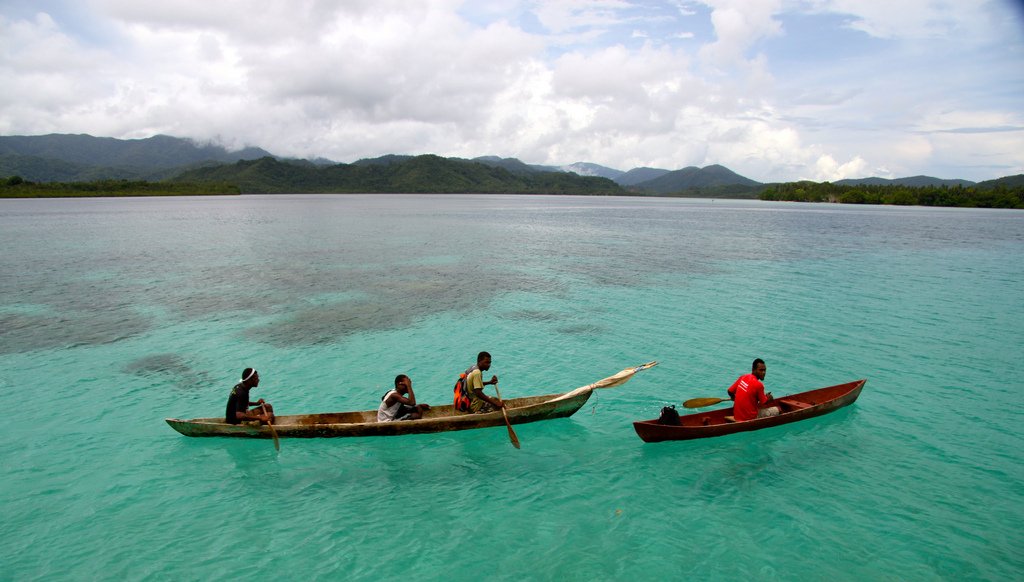
A recent study found that rising sea levels have caused eight large islands in the Pacific Ocean to disappear and many more low-lying islands are on the verge of disappearance. While many people reading this may not be directly impacted by sea level rise, it remains a daily concern for many people living in southeast Asia.
7. Driest place on earth blooming with flowers.
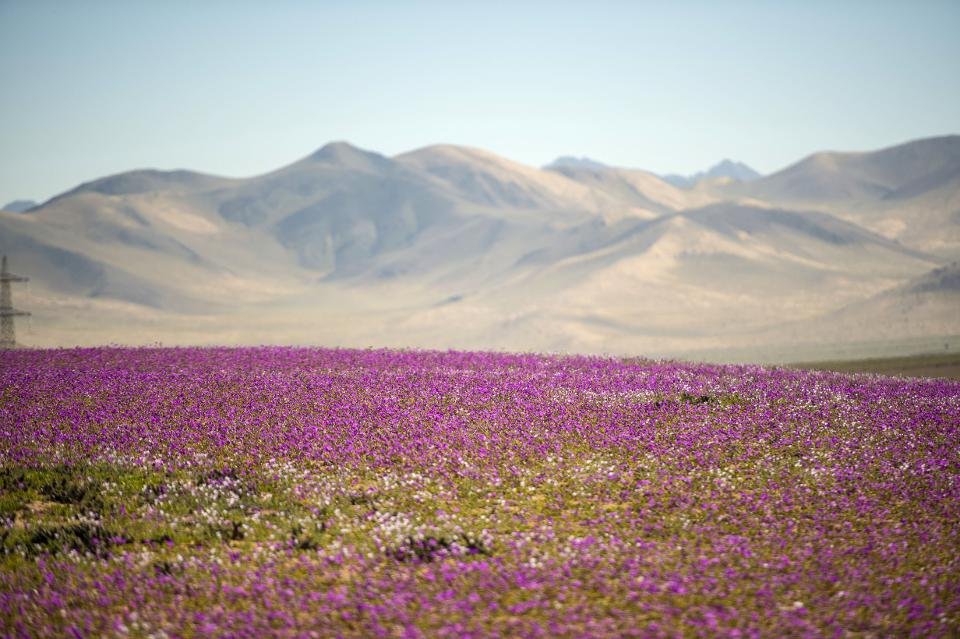
El Nino and climate change patterns brought heaviest rainfall to the driest non-polar desert of the world, the Atacama desert. This resulted in full bloom which hasn’t been recorded in past decades.
8. Looming chocolate shortage hints that there’ll be no chocolate by 2050.

Yes, chocolate may go extinct. Cacao plants are struggling to survive in the extreme temperatures and chocolate industry is facing a massive shortage. Imagine a life without chocolate.
9. Mountain goats and other species have shrunk in size.
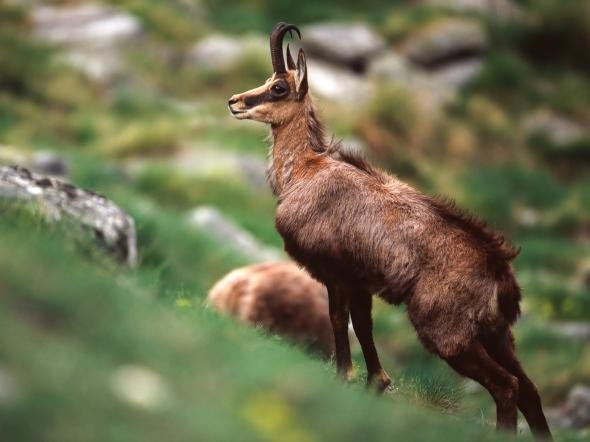
Chamois goats in the Italian Alps have gotten smaller over the past few decades as they spend less time foraging in response to the warming climate. What next? They could now freeze to death.
10. Roads in heat-stricken Australia are melting like chocolate.
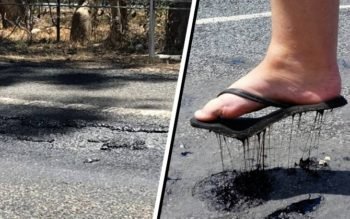
South-east Australia has been reeling under high temperatures. Sustained catastrophic temperature range of 100-110 degrees Fahrenheit has caused the asphalt on the roads to melt away.
11. Wine production in Europe came to its lowest level.
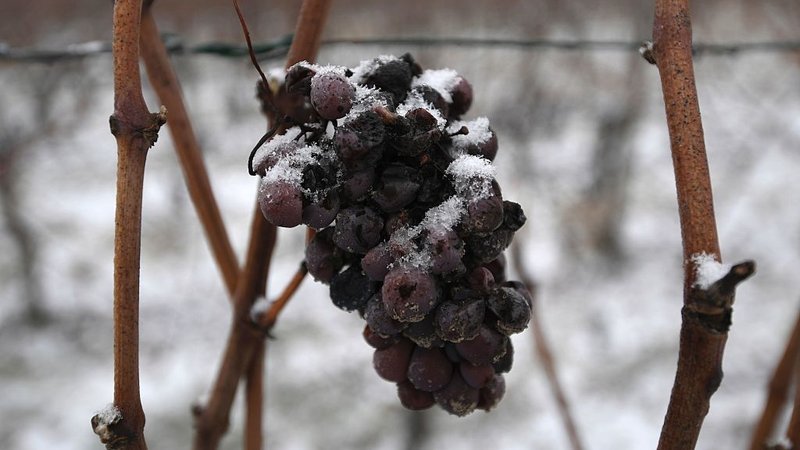
Extreme weather events like frost and drought have badly affected the vineyards in top wine producing countries like Italy, Spain, France, and Germany.
12. Radioactivity of the Arctic Ocean has increased.
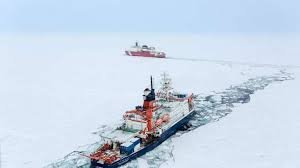
Permafrost thawing and reduced ice cover due to global warming have increased the concentrations of radioactive Radium-228 in the Arctic Ocean. This has already brought changes in the Arctic ecosystem.




